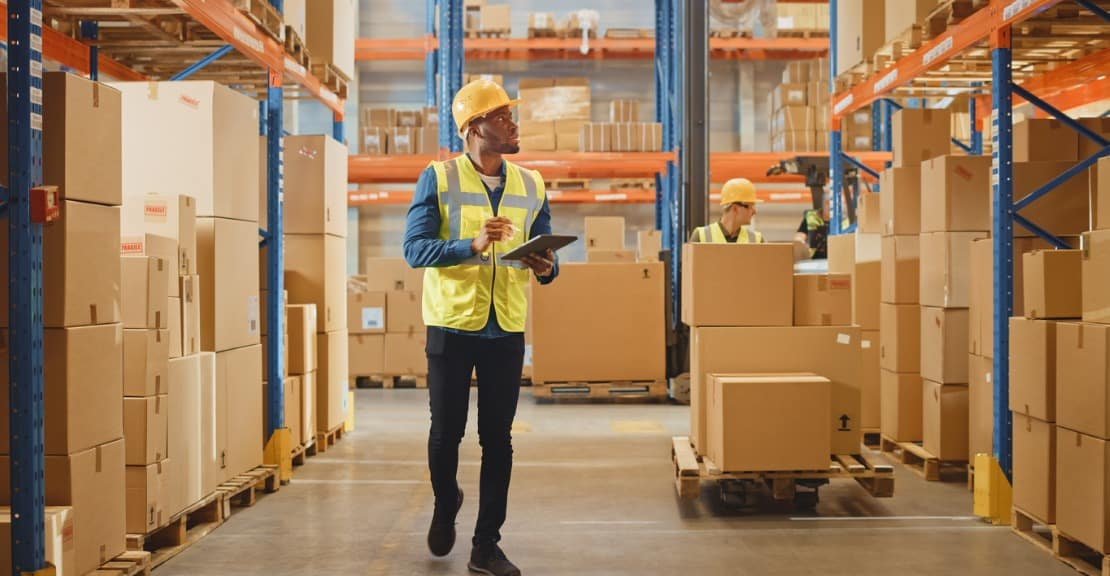Real-Time Logistics Data for Global Fulfillment
In the global shipping environment, supply chain disruptions are no longer rare events—they are part of the new normal. Whether it’s port congestion, changing customs policies, geopolitical tensions, or regional labor shortages, brands must adapt quickly or risk missed deliveries and customer dissatisfaction. For DTC brands and cross-border sellers, leveraging real-time logistics data has become essential to maintaining fulfillment efficiency and meeting customer expectations.

Why Real-Time Logistics Data Matters
Real-time logistics data allows merchants to monitor every touchpoint in the shipping journey—from inventory availability in a 3PL warehouse to the moment a package is delivered. This transparency not only helps to identify and address delays but also enables businesses to make agile decisions around carrier selection, route optimization, and inventory allocation.
With the rise of platforms such as Shopify, WooCommerce, and Kickstarter, more brands are expanding globally without traditional infrastructure. This has amplified the importance of partnering with logistics services that go beyond just shipping and offer integrated data visibility across operations. Services like Postalparcel step in here, offering end-to-end logistics support that blends tracking intelligence with practical delivery execution.

Addressing Global Shipping Challenges with Data
Every market presents unique hurdles. In Western Europe, last-mile delivery issues are common due to complex address formats and growing consumer demand for OOH (Out-of-Home) options like parcel lockers and shops. In the U.S., address validation and rural delivery continue to pose fulfillment risks. In Asia, customs clearance and returns processing require proactive tracking and real-time inventory updates.
Logistics data bridges these challenges. For instance, real-time tracking helps detect when a parcel is stuck in customs or awaiting recipient action, allowing proactive communication. Address validation tools reduce failed deliveries, particularly in regions with inconsistent formatting or limited infrastructure.
By using route-level data, businesses can reroute shipments dynamically—choosing alternate carriers like FAN Courier in Romania or Evri in the UK, depending on the region’s delivery performance metrics.
How Postalparcel Helps Mitigate Disruptions
Postalparcel, a trusted logistics service provider, has emerged as a strategic partner for brands navigating complex global supply chains. Unlike conventional systems that require users to adapt their workflow, Postalparcel offers fully managed services focused on carrier management, delivery execution, and inventory/order control—empowering DTC businesses with logistics flexibility and operational clarity.
Through integrations with both postal operators (like Royal Mail and USPS) and commercial couriers (such as CTT Portugal and FAN Romania), Postalparcel enables real-time switching between shipping methods based on live performance metrics. If a package route through Evri experiences weather-related delays, Postal Parcel can shift new orders to a faster alternative without merchant involvement.
Moreover, Postalparcel’s inventory and order management services ensure brands always know what’s in stock, what’s delayed, and what needs restocking—vital in maintaining fulfillment performance during peak seasons or promotional campaigns.

Real-World Success: Streamlining Fulfillment for Multi-Market Brands
One DTC brand running parallel Kickstarter and Shopify stores faced growing complexity managing returns and delivery failures in Eastern and Western Europe. Orders fulfilled from a central 3PL were experiencing up to 12% return rates due to incorrect addresses and missed deliveries.
By partnering with Postalparcel, the brand integrated address validation at checkout and began using country-specific OOH networks, such as APMs in Hungary and parcel shops in Germany. With Postalparcel’s tracking intelligence and delivery service management, the return rate dropped by over 40% in three months. Inventory synchronization between fulfillment hubs and local couriers ensured faster re-dispatch for corrected addresses without manual re-entry.
This isn’t a one-off success—Postalparcel’s tailored approach has helped brands across diverse regions reduce loss rates, improve delivery timeframes, and gain visibility over fragmented fulfillment operations.
Bringing Control to Global Fulfillment
Effective global fulfillment isn’t just about shipping boxes across borders—it’s about coordinating complex data streams between warehouse stock, customer behavior, and carrier networks. Real-time logistics data transforms this complexity into manageable insights.

Services like Postalparcel empower businesses with tools to act immediately when disruptions occur, providing fallback shipping strategies and real-time tracking updates. This is especially critical for dropshipping businesses and DTC brands without localized warehousing.
Furthermore, returns—often the most neglected part of the logistics chain—are made easier when return labels, instructions, and carrier coordination are integrated into a unified dashboard. Postalparcel offers return management that includes courier scheduling, customs compliance for international shipments, and restocking updates to the seller.
Conclusion
The future belongs to those who treat logistics not as a backend function but as a customer-facing service, and real-time data is the bridge. Whether it’s leveraging routing logic to select the best courier or syncing stock availability to front-end checkout experiences, logistics transparency builds consumer trust and improves repeat purchase rates.
In that context, Postalparcel isn’t just a delivery provider—it’s a logistics partner that enables smarter decisions, faster deliveries, and seamless fulfillment across continents.
By embedding data into every layer of logistics, businesses can turn disruptions into opportunities—proactively rerouting around roadblocks, delighting customers with timely deliveries, and scaling into new markets with confidence.
Industry Insights
news via inbox
Nulla turp dis cursus. Integer liberos euismod pretium faucibua








